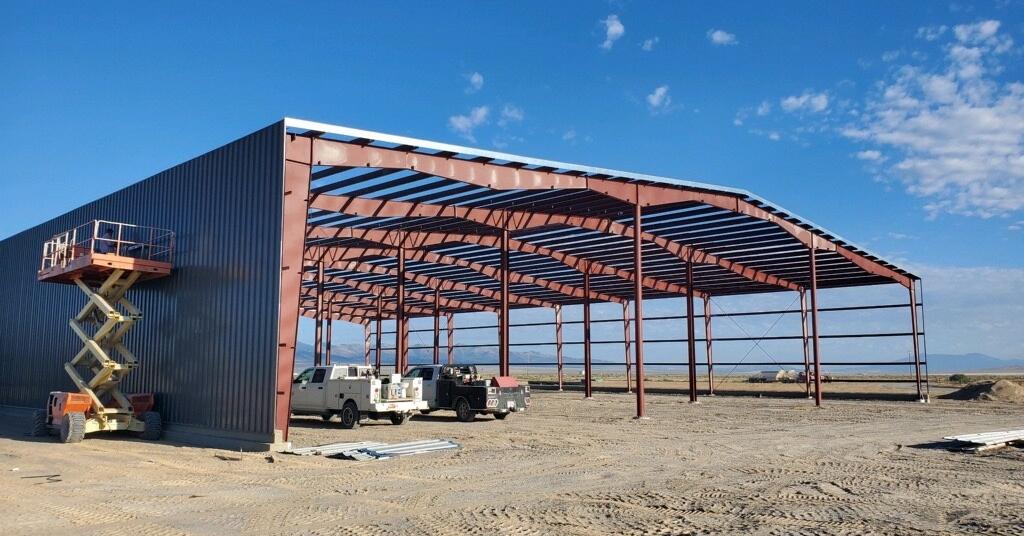A prefab steel workshop offers many advantages, including durability, cost-effectiveness, and versatility. However, one challenge often arises: making the best available space. This article sheds light on maximizing space and efficiency in your prefab steel workshop, ensuring you get the most out of your investment.
Understanding the Basics of a Prefab Steel Workshop
Before diving into space-maximizing solutions, it’s essential to grasp what a prefab steel workshop entails. It is a structure crafted off-site and then assembled at the desired location. These workshops, like the popular 30 x 50 steel building, are made primarily of steel, stand strong against adverse weather conditions and are relatively easier to maintain.
Planning the Layout Effectively
Optimal Floor Planning:
One of the primary steps to maximize space is effective floor planning. This involves positioning workbenches, storage units, and machinery to reduce wasted space and enhance workflow.
Zoning:
Designate zones in the workshop for different tasks. For instance, one zone could be for machinery, another for manual tasks, and another for storage. Keeping related activities close reduces unnecessary movements and makes the workspace more efficient.
Implementing Smart Storage Solutions
Vertical Storage:
Using the vertical space in your workshop can dramatically increase storage potential. Consider installing tall shelving units or hanging tools on walls to free up floor space.
Under-Bench Storage:
Workbenches can house cabinets or drawers beneath them. This utilizes otherwise wasted space and keeps tools and materials within easy reach.
Pegboards:
Pegboards are simple yet effective tools that offer flexible storage solutions. By hanging tools on a pegboard, they are easily accessible and can be arranged as per convenience.
Choosing Multi-Functional Furniture and Equipment
Collapsible Workbenches:
Some workbenches can be folded away when not in use, similar to how a 30 x 50 steel building can offer versatility in its space. This creates open areas, allowing the workshop to adapt to its function.
Mobile Tool Chests:
These chests on wheels can be moved around easily. When a specific tool is required, the entire chest can be brought closer to the work area, saving time and effort.
Ensuring Proper Lighting
While lighting might not directly add space, it does create an illusion of a bigger workshop. Furthermore, proper lighting enhances safety and efficiency. Ensure that every corner of the workshop is well-lit. LED lights can save energy and reduce the heat emitted, creating a more comfortable working environment.
Maintaining Regular Organization
Routine Clean-Up:
Set aside regular intervals for cleaning and organizing the workshop. When everything is in its place, finding tools and materials is easier, increasing efficiency.
Labelling:
Clearly label storage containers. This reduces the time spent searching for items and ensures every tool or material has a designated spot.
Considering Modular Design
Prefabricated doesn’t mean inflexible. Many modern prefab workshops come with modular designs, allowing the owner to adjust and expand sections as needed. This adaptability ensures the workshop can evolve with changing needs, maximizing space and usability over time.
Conclusion
A prefab steel workshop offers many advantages, and with thoughtful planning and organization, space limitations can be easily addressed. By implementing efficient layout designs, smart storage solutions, multi-functional furniture, and regular maintenance, you can ensure your workshop is spacious and conducive to productivity and creativity.
